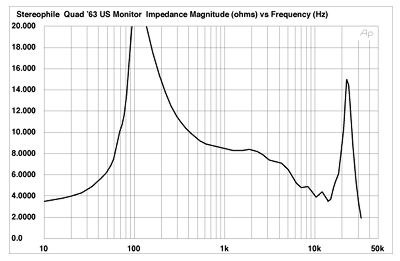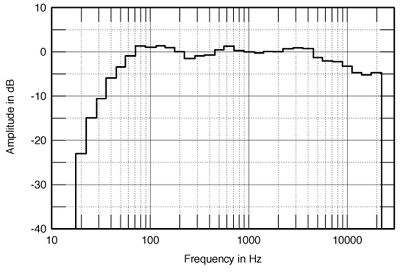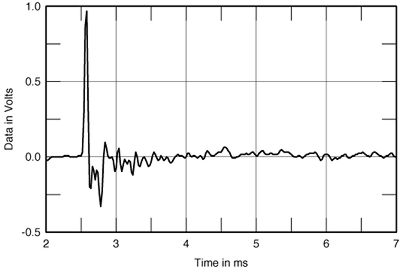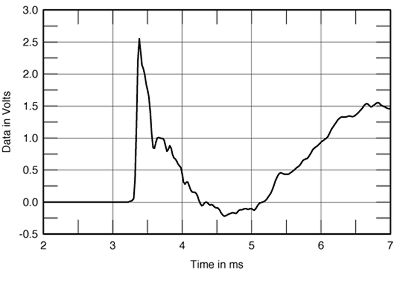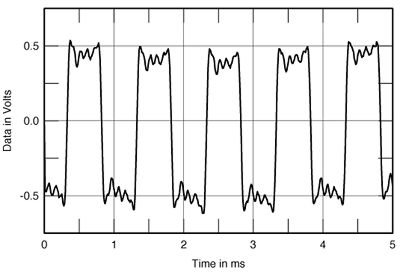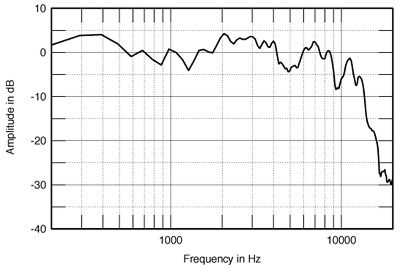| Columns Retired Columns & Blogs |
I imported my Quad ESL-63 from a London store in summer 1985 after reading a glowing review of them in Opera News. They were considered the ideal speakers for opera and classical. Unfortunately, they were unaffordable at their US price point. Luckily, I discovered they were less than half that in England, even adding in transportation and a small import duty and I have been enjoying their lovely sound ever since. I often joke that I will be buried with them, they are that wonderful for the kind of music I like, opera and classical. I snapped up a pair of US Monitors in 2023 that had just been restored to like new which should keep me happy the rest of my life.
While it’s true that they do not produce a lot of bass I’ve never missed it. But a friend loaned me a subwoofer and I’ve decided to keep it. I have it turned to barely there and am quite happy with it set to barely there. Without the need for a crossover, the sound is seamless, the midrange and highs are exquisite. I have to add that it is also fun to own them because they tend to fascinate my visitors.
